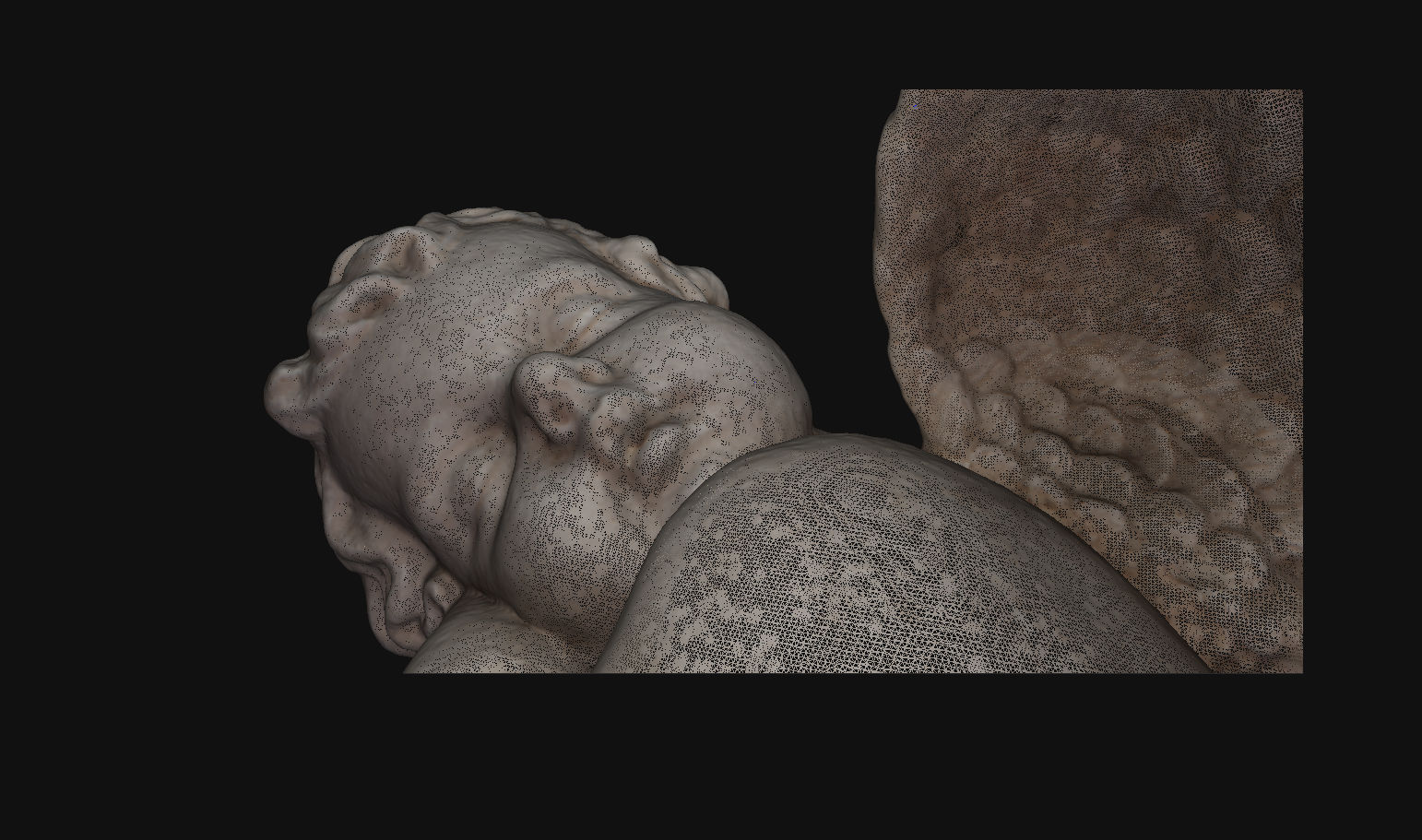So I still am using the bundle adjustment with 3 control points.
I have 12 GCPs (gps measured on paper targets), but these are not spaced evenly throughout the 4 sparse cloud areas that I have made. I am not sure what the difference between bundle adjustment and a rigid adjustment is? My understanding is I can only do rigid if I have GCP's with GPS coordinates?
My workflow going forward is to:
1) merge all 4 areas (sparse clouds) with control points and do bundle adjustment.
2) Scale the entire sparse cloud with my 12 GCPs gps coordinates
3) Generate dense point cloud
4) Generate mesh
5) textured mesh => export
Is this the best way to go forward? Or should I be doing something different with bundle adjustment?
I have 12 GCPs (gps measured on paper targets), but these are not spaced evenly throughout the 4 sparse cloud areas that I have made. I am not sure what the difference between bundle adjustment and a rigid adjustment is? My understanding is I can only do rigid if I have GCP's with GPS coordinates?
My workflow going forward is to:
1) merge all 4 areas (sparse clouds) with control points and do bundle adjustment.
2) Scale the entire sparse cloud with my 12 GCPs gps coordinates
3) Generate dense point cloud
4) Generate mesh
5) textured mesh => export
Is this the best way to go forward? Or should I be doing something different with bundle adjustment?


Comment